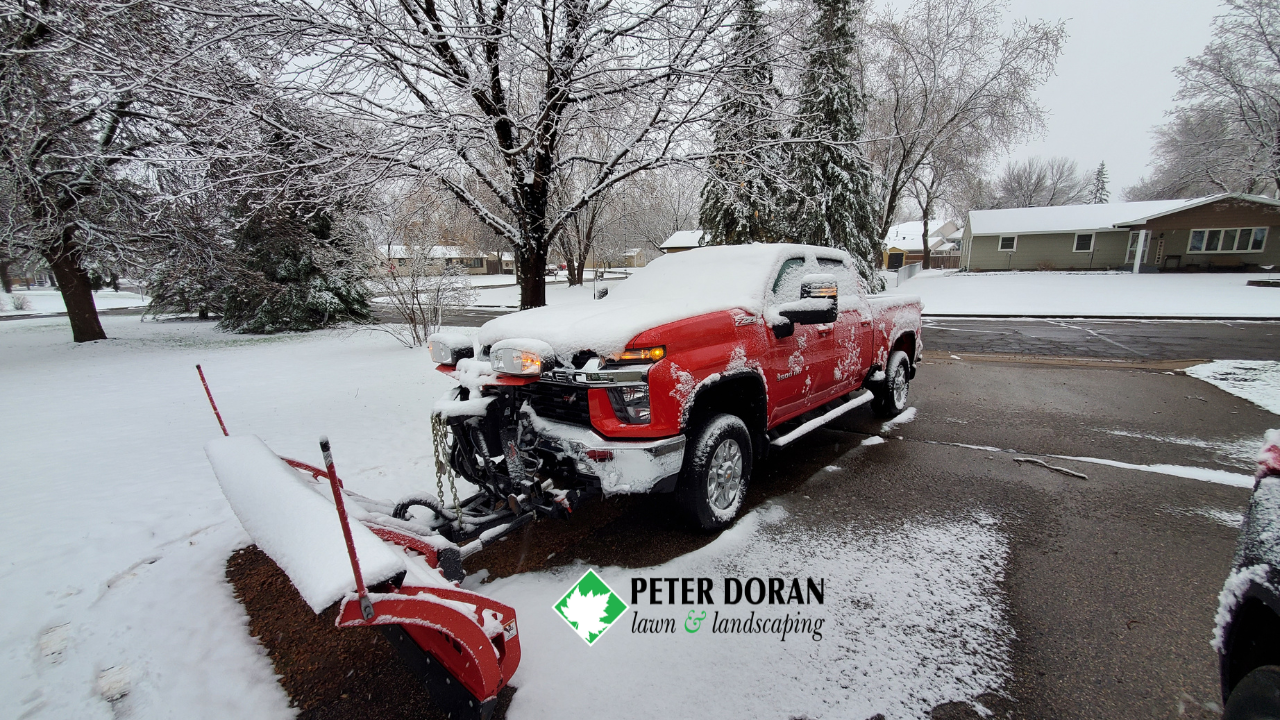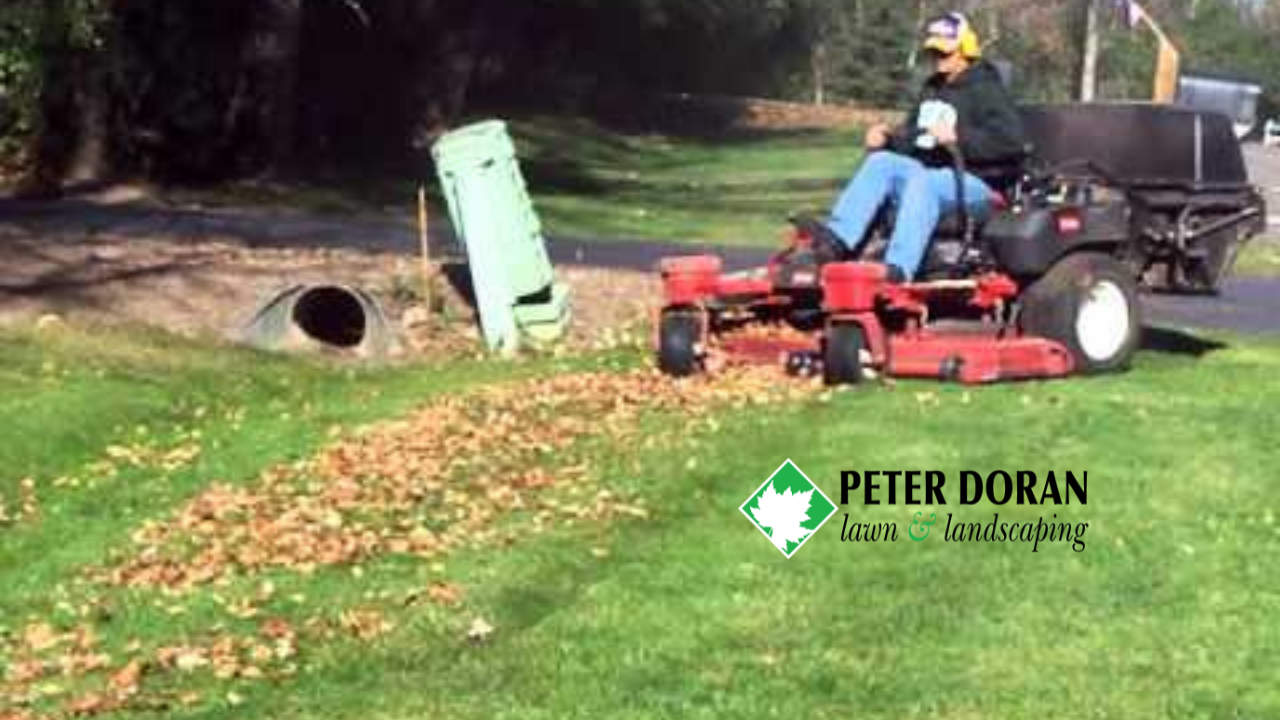Summer brings warmth and sunshine, perfect for enjoying your lawn. However, it also ushers in the dreaded brown patch summer, a common lawn disease that can wreak havoc on your home lawns.
The sight of unsightly patchy spots on your lawn can be frustrating, not to mention the potential financial implications of treating or replacing damaged turf. Understanding brown patch and other summer lawn diseases is crucial for any homeowner wanting to maintain a healthy, vibrant lawn.
This article will dive into the ins and outs of brown patch, how to identify it, prevent it, and treat it effectively, ensuring your lawn stays lush all summer long.
Understanding Brown Patch
What is Brown Patch?
Brown patch is a fungal disease caused by the pathogen Rhizoctonia solani. It manifests as circular patches on your lawn, typically ranging from a few inches to several feet in diameter.
The infected grass blades turn a dark brown color, giving the patches a burnt appearance. This disease often affects tall fescue cultivars and perennial ryegrass, particularly when conditions are ripe for disease development.
If left unchecked, brown patch can spread rapidly, affecting large areas of your turf.
Conditions Favoring Brown Patch
Several environmental factors contribute to the development of brown patch. High humidity, warm temperatures, and poorly drained soils create the ideal breeding ground for this patch fungus. Improper lawn care practices, such as overwatering and excessive nitrogen fertilization, can exacerbate the problem.
To prevent this disease, it’s essential to understand how these conditions work together, as they can create a perfect storm for brown patch to thrive. Maintaining a healthy lawn requires vigilance and awareness of your local climate and soil conditions.
Identifying Symptoms of Summer Lawn Diseases
Key Symptoms to Look For
Identifying brown patch early is crucial for effective treatment. Look for symptoms such as dark brown patches, which often start as small spots and can expand rapidly. You may also notice that the edges of these patches appear slightly yellow or green, contrasting with the dead grass in the center.
Other common summer lawn diseases include dollar spot, which presents as small, circular, tan spots, and red thread, characterized by pink, thread-like growths on grass blades. Familiarizing yourself with these patch symptoms will help you catch issues before they escalate.
Timing is Everything
Summer is the prime time for spotting symptoms of lawn diseases, especially during the early morning or late afternoon when the grass is still damp from dew. Regular inspections throughout the summer months can prevent minor issues from turning into significant problems.
As a lawn care expert, I recommend checking your lawn weekly for any changes. Early detection is key in managing brown patch and other diseases effectively, saving you time and money in the long run.
Preventing Brown Patch and Other Summer Diseases
Best Lawn Care Practices
To prevent brown patch and maintain a healthy lawn, adhere to best lawn care practices. Start with a proper mowing schedule; cutting your grass to the recommended height for your turfgrass species promotes healthy growth and reduces stress. Water your lawn deeply but infrequently, avoiding excess moisture that can lead to fungal growth.
Additionally, be cautious with fertilization andavoid excess nitrogen, which can stimulate lush growth that is more susceptible to disease. To ensure long- term health, consider soil amendments that promote healthy soil conditions.
Choosing the Right Products
When it comes to managing lawn diseases, choosing the right products can make all the difference. Homeowners have a variety of fungicides available, ranging from organic options to synthetic treatments.
Organic fungicides, made from natural ingredients, can be safer for the environment and beneficial insects, while synthetic options might offer faster results.
When selecting a product, consider the specific lawn grasses in your area, as some turfgrass species exhibit better resistance to brown patch.
Treating Brown Patch Effectively
Step-by-Step Treatment Guide
Once you’ve identified brown patch in your lawn, it’s time to act. Start by ensuring that you adjust your watering schedule; reduce frequency and ensure that the grass is not sitting in water.
Apply a targeted fungicide according to the manufacturer’s instructions, typically when temperatures are moderate, and conditions are dry. After application, follow up with a light watering to help activate the product without over-soaking the lawn.
Regularly monitor the treated areas and adjust your lawn care practices to prevent recurrence.
When to Call in the Professionals
While many homeowners can manage lawn diseases on their own, there are times when professional assistance is warranted. If the brown patches spread rapidly or cover extensive areas, or if you’re unsure how to treat them, it’s wise to consult a lawn care professional.
Look for a service that specializes in disease management, as they will have access to more potent treatments and expert knowledge. Peter Doran Lawn and Landscaping is a trusted provider in our area, known for their effective lawn care solutions.
Long-Term Lawn Health Strategies
Seasonal Lawn Care Calendar
A seasonal lawn care calendar can help you stay on top of lawn maintenance and disease prevention. Start with aeration in early spring to improve soil compaction and encourage healthy root growth.
Follow up with proper fertilization and watering practices throughout the summer months to keep your grass robust. As the seasons change, adjust your lawn care routine accordingly, ensuring that your lawn remains healthy year- round.
Regular monitoring and maintenance are crucial in preventing diseases like brown patch from taking hold.
What This Means for Your Property
Being proactive about lawn care can save you from the headaches associated with brown patch and other summer lawn diseases. Awareness and early detection are your best allies in maintaining a lush, green lawn.
By following the guidelines outlined in this article, you can ensure your lawn thrives even during the warmest months. Don’t hesitate to take action at the first signs of disease and reach out for professional help if needed.



